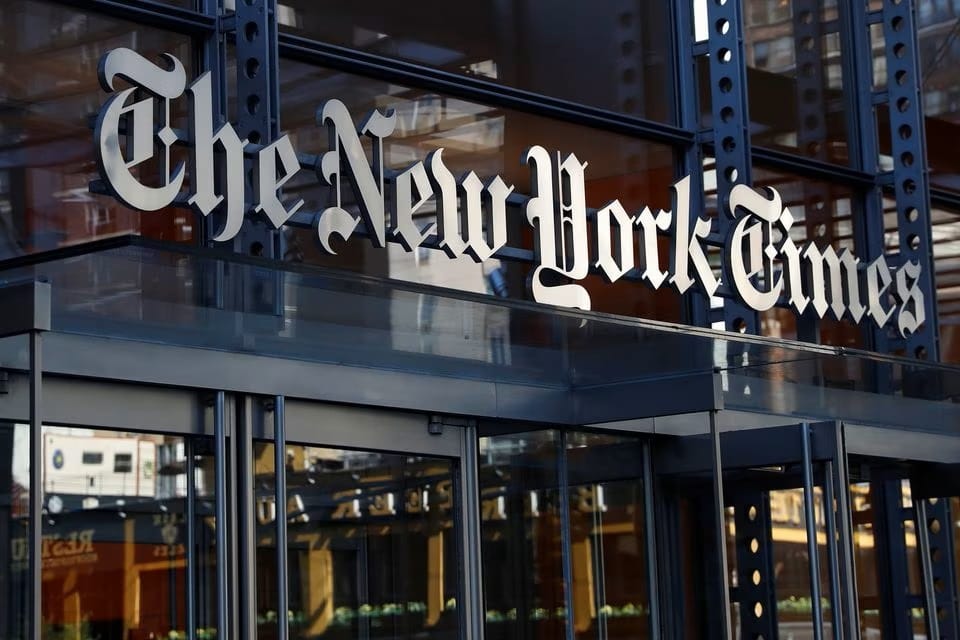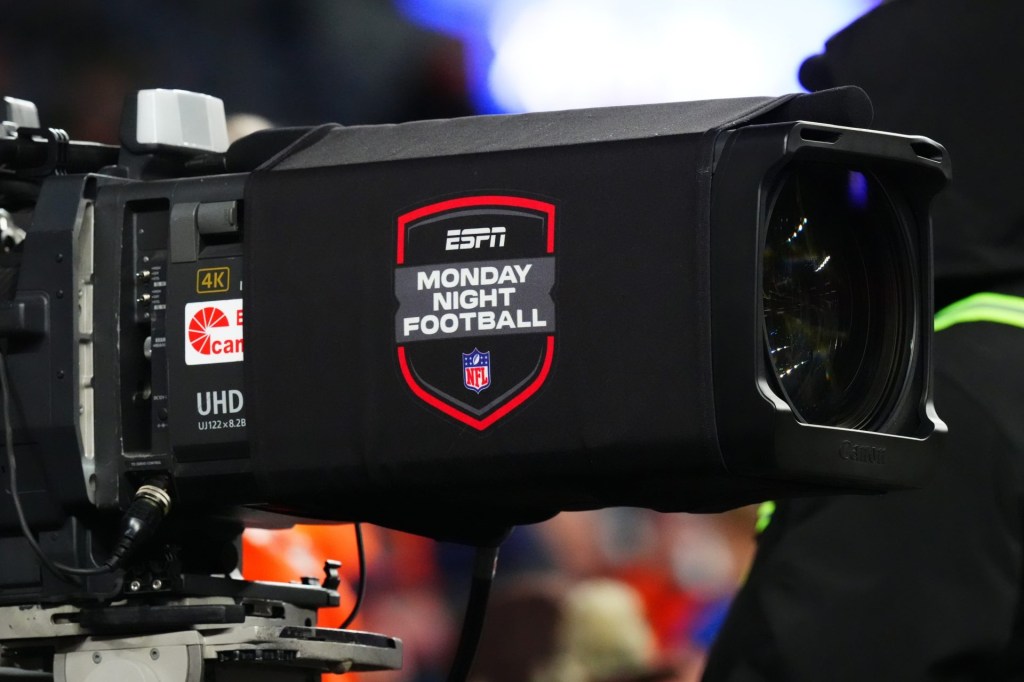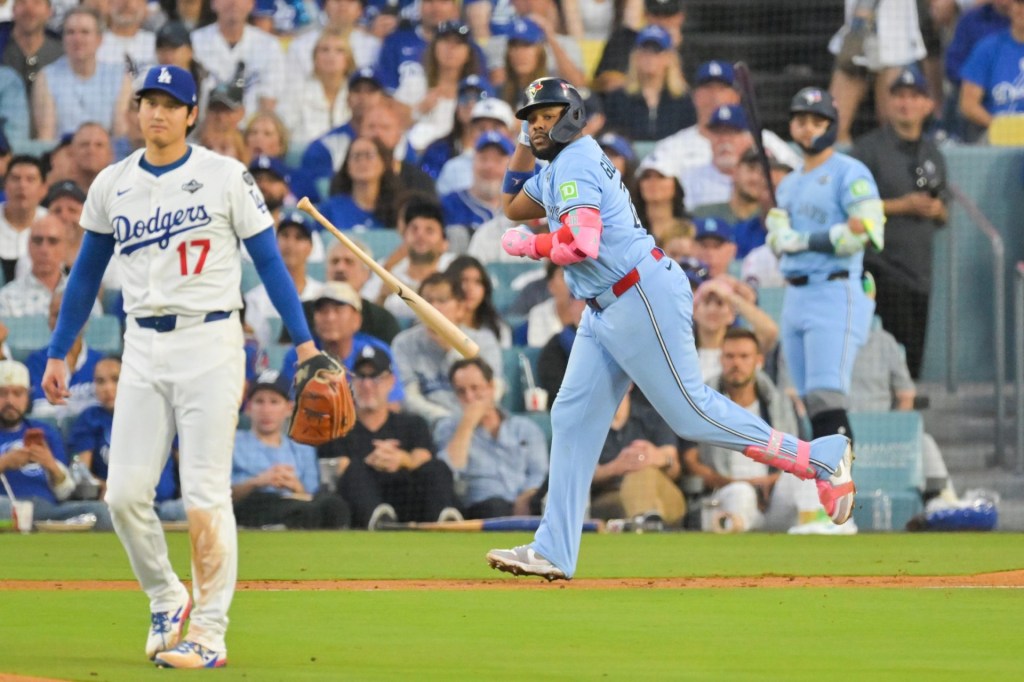Less than six years ago, the New York Times asked whether the upstart sports site The Athletic would “pillage” newspapers of their best talent.
After today’s stunning announcement that the Times is shuttering its Sports section in favor of The Athletic, some wonder if that divide-and-conquer strategy is still in effect. But now it will be implemented by the august Times – not the money-losing Athletic.
On Monday, the Times announced it would dissolve its storied Sports section in favor of daily coverage from The Athletic, which it purchased for $550 million last year.
According to an internal memo by executive editor Joseph Kahn and deputy managing editor Monica Drake, the Sports Department’s 35-plus reporters and editors will be reassigned to other desks within the Times newsroom. There are no plans for layoffs, they added.
The Athletic, meanwhile, will shift away from its hyper-local coverage to focus on the biggest leagues, teams, and brands. Barring a successful challenge by outraged unions, the transition is expected to take place over the next two months.
“We plan to focus even more directly on distinctive, high-impact news and enterprise journalism about how sports intersect with money, power, culture, politics, and society at large. At the same time, we will scale back the newsroom’s coverage of games, players, teams, and leagues,” wrote Kahn and Drake in the memo.
Sounds nice. Think of one big, national sports section in the future for the Gray Lady of journalism.
But what’s to stop the Times from doing what The Athletic threatened years ago?
Namely, stealing all the good, young sportswriters and editors from around the country and putting their local papers, those are that are left, out of business?
“Going back to the beginning of The Athletic, they said their plan was to bleed everybody dry and outlast them. Now is that the New York Times’ plan? ” asked Tom Jones, a senior media writer at Poynter.org.
Put yourself into the shoes of young journalists at local dailies in New York, Chicago, or other major cities.
You paid your dues and own the beat for the local NFL, NBA, MLB or NHL team.
But do you want to keep working for a local paper owned by a fading newspaper chain like Gannett?
Or do you want to work for a national newspaper that’s produced Pulitzer Prize-winning sports writers like John Branch, Dave Anderson, and Red Smith?
The Times is still the dream destination job for print journalists. That choice is no choice for anybody with half a brain.
Especially, since The Times print edition will run stories from Athletic writers for the first time instead of siloing them on The Athletic website.
The Athletic boasts 400 journalists covering 200 sports teams. But it has yet to turn a profit. It lost $7.8 million in the first quarter of this year.
The site has pulled back its editorial coverage in Florida, noted Jones. In June, The Athletic laid off 20 staffers or about 4% of its newsroom.
“I want to know what The Athletic’s plan is going forward. They seem hyper-local in some markets – and yet they also seem like they want to shift toward a more national viewpoint,” he said. “I can’t imagine they’ll keep the same (number of staffers). They’re losing too much money to keep going the way they’re going. I wouldn’t be stunned if they laid off more staff at some point.”
The Times is not the only major paper making changes.
The largest newspaper on the West Coast is doing away with elements like game stories, box scores, and standings that were standbys of its print edition. According to the Los Angeles Times, the goal is to create the look and feel of a “daily sports magazine.”
Then there’s the question of whether disbanding the Sports desk for The Athletic is a subtle form of union-busting.
The Times is unionized; The Athletic is not.
The New York Times Guild issued a statement declaring its members were “baffled and infuriated” by the decision. They vowed to fight back.
“The era of unilateral decision-making by management will not go unchallenged by the NewsGuild and its members,” said Ken Belson, a New York Times reporter covering the N.F.L. “We are not going to allow union jobs to be replaced by non-union labor.”
The jettisoning of the Times Sports section is an “insult to all of our writers and editors, both past and present,” added reporter Juliet Macur.
The Pulitzer-prize-winning Branch said it was “incredibly sad” to see the Times’ historic sports section come to an ignominious end. The Sports of the Times column launched in 1927. The paper’s sports desk was viewed as an American institution.
“I am immensely proud of the long legacy of The New York Times sports section and the thread that runs through esteemed journalists like Arthur Daley, Red Smith, Dave Anderson, and all my colleagues on the sports desk,” Branch said.
Put aside the corporate doublespeak and subterfuge, and the Times writers have a point noted Jones.
He’s worked at newspapers that deliberately moved reporters to beats they didn’t want to cover – knowing they would eventually leave.
It’s not technically a firing or a layoff. But it accomplishes the same goal in the end: fewer bodies.
Jones wants to know how the Times’ sports section, I mean the Athletic, will cover sports like tennis, horse racing, and surfing that don’t have the mass appeal of the NFL, NBA, or MLB.
“This could be a way of forcing people out without actually firing them. But I don’t know if that’s the plan or not.”
Still, the “writing was on the wall” when the Times invested over half a billion dollars into The Athletic, he admitted.
“At first I was stunned. The more you think about it, we should have seen this coming for a year. You don’t spend $550 million on something to have it be a supplement to your coverage,” Jones said. “The news is sad because I’m a big fan of the New York Times Sports Section.”
Over its history, The Athletic ticked off local sports editors by stealing their best reporters and columnists, then spiking the football to the Times.
“We will wait every local paper out and let them continuously bleed until we are the last ones standing,” vowed co-founder Alex Mather back in 2017. “We will suck them dry of their best talent at every moment. We will make business extremely difficult for them.”
Is sports media history about to repeat itself?
– A.J. Perez contributed to this story.



















